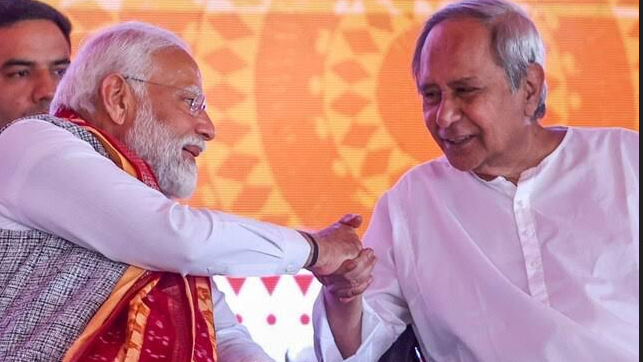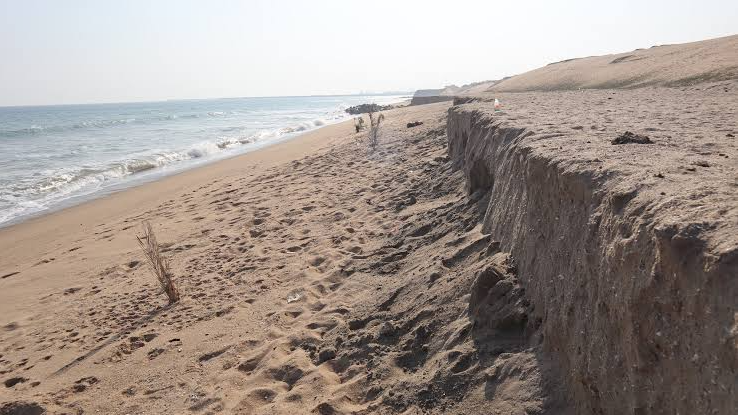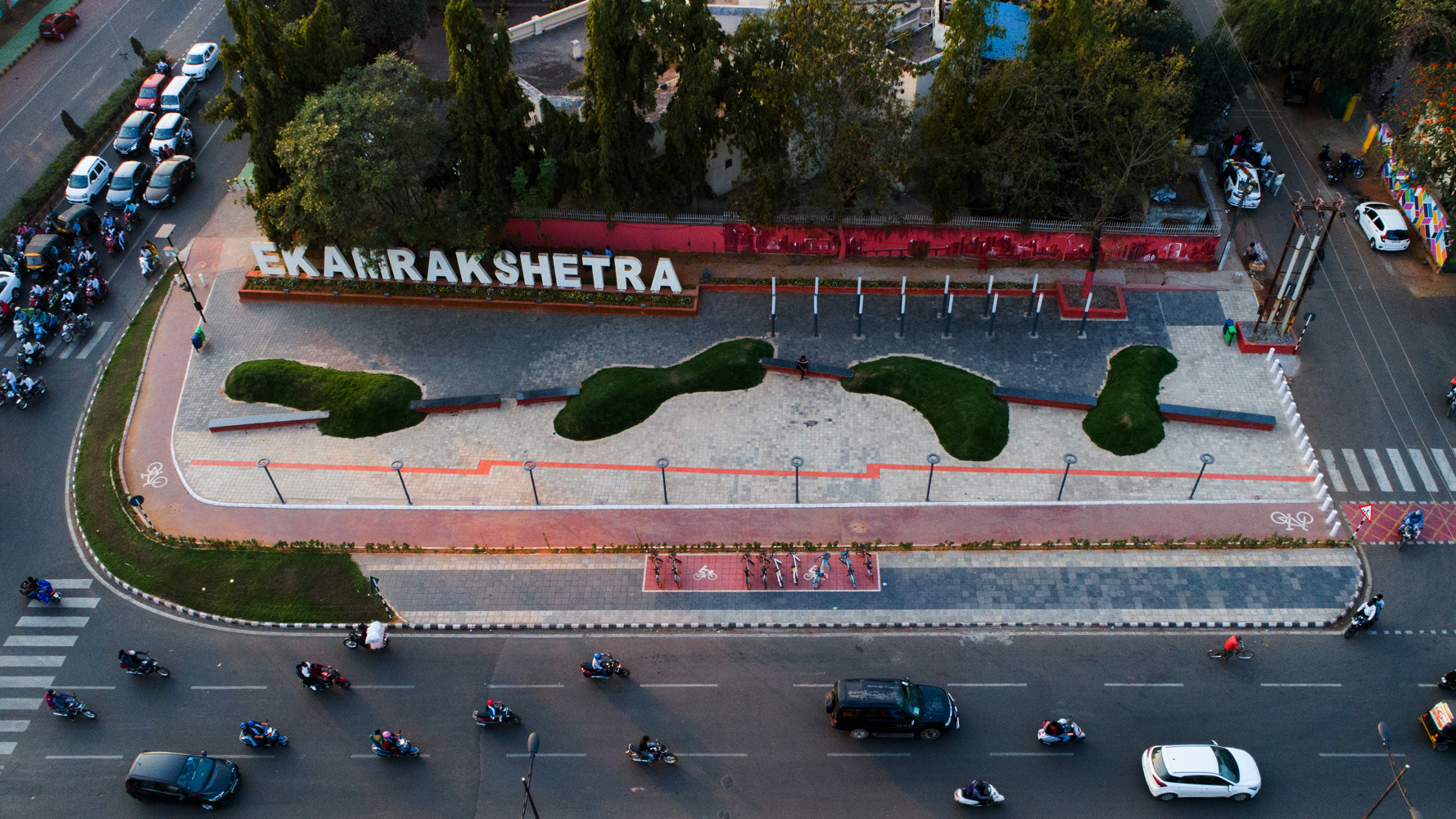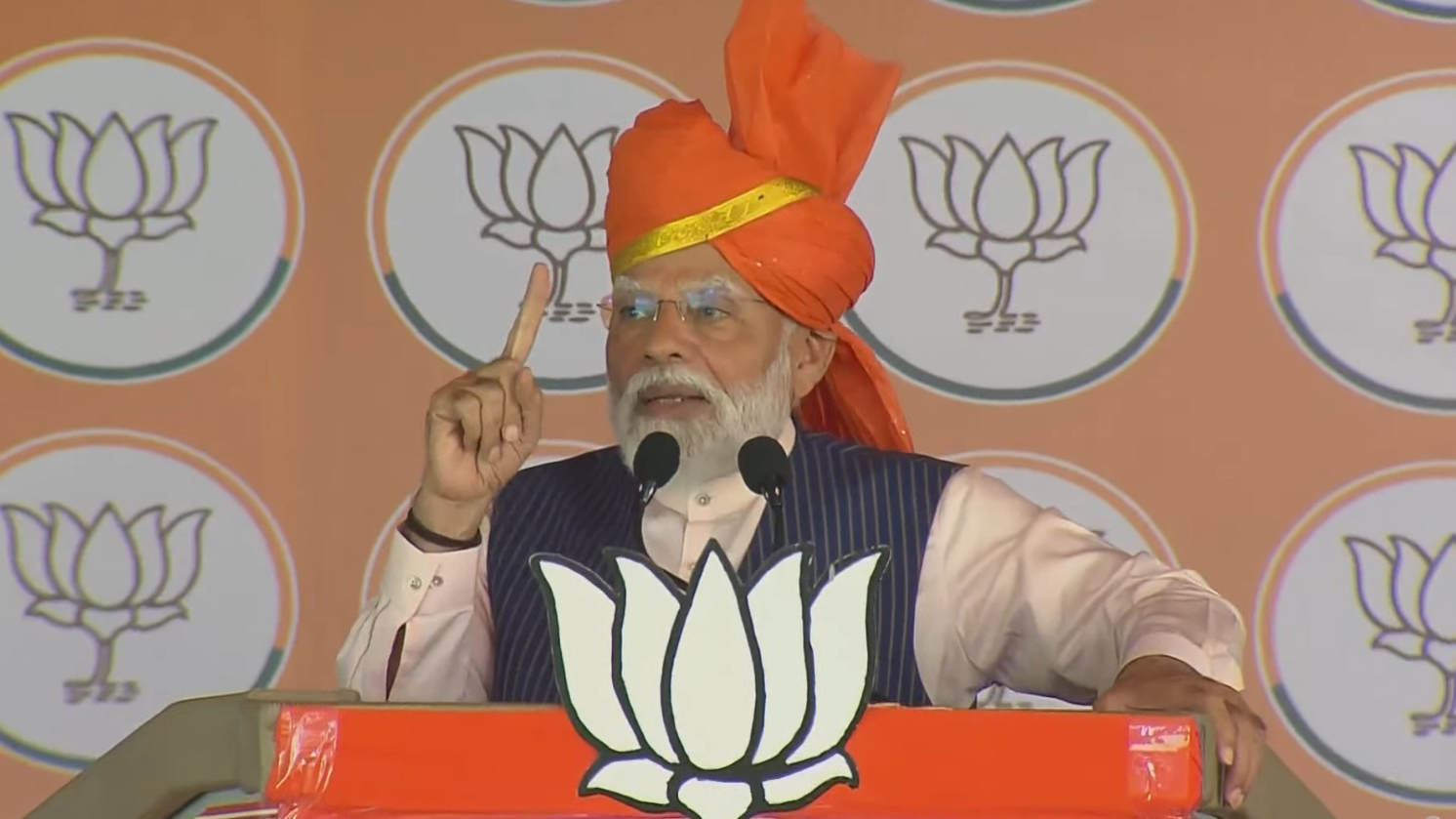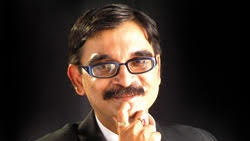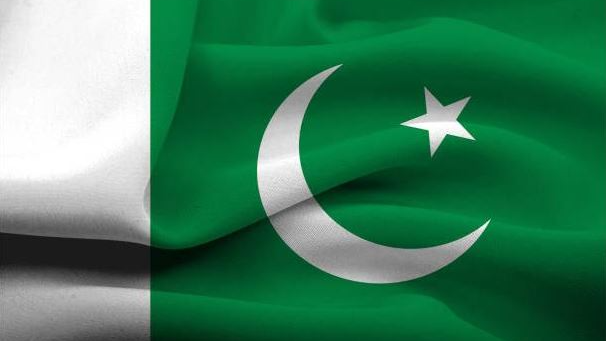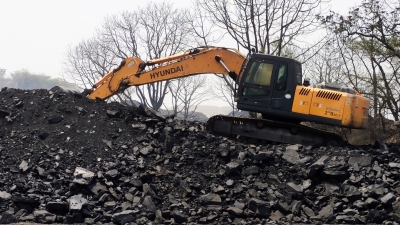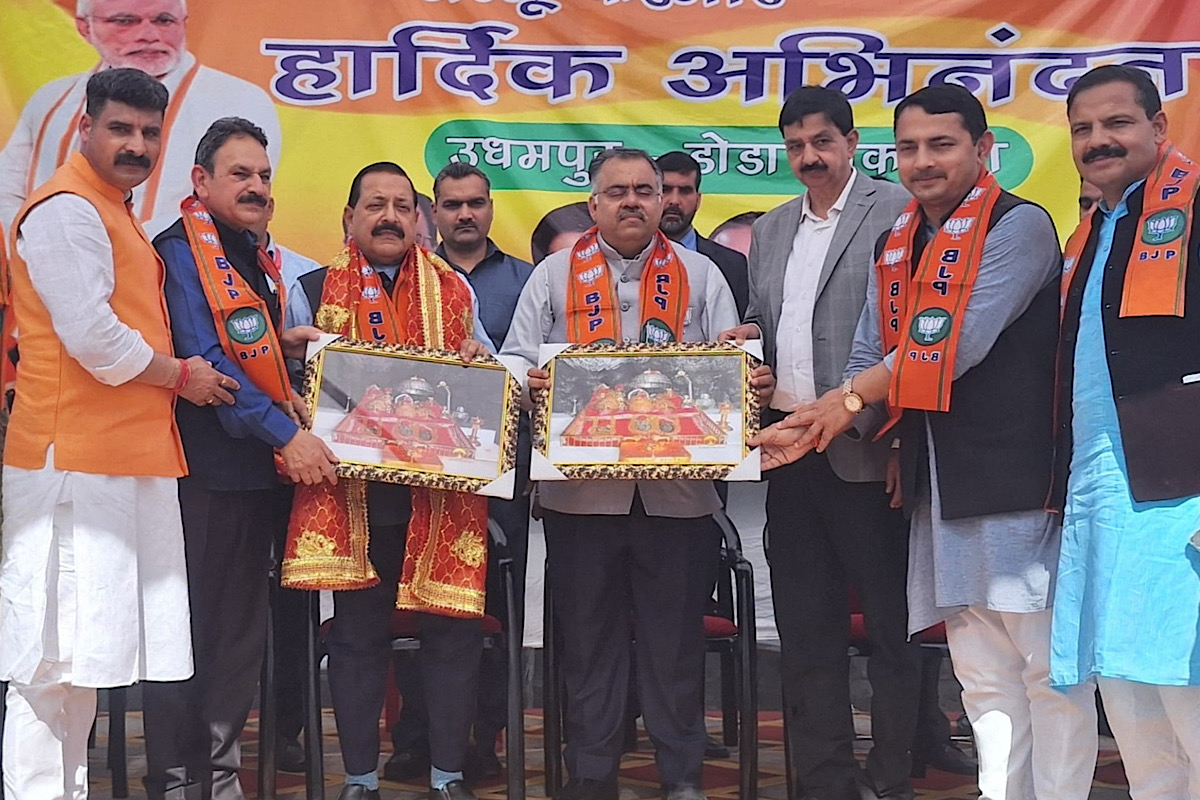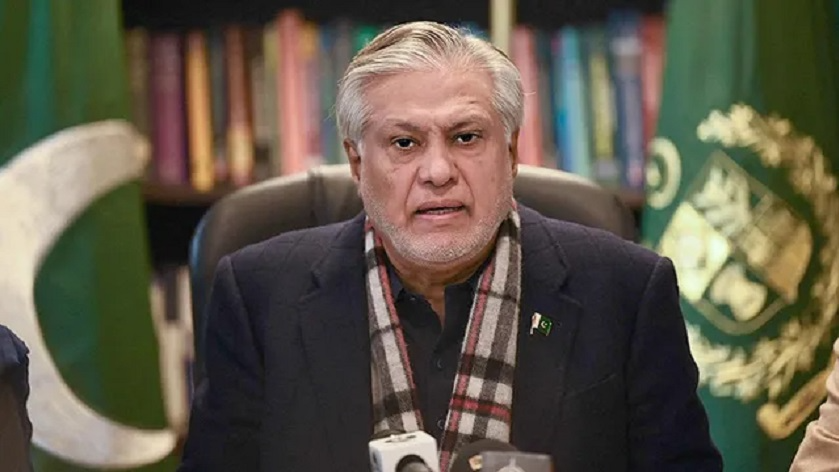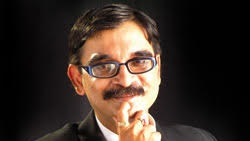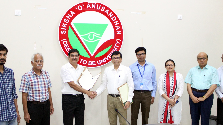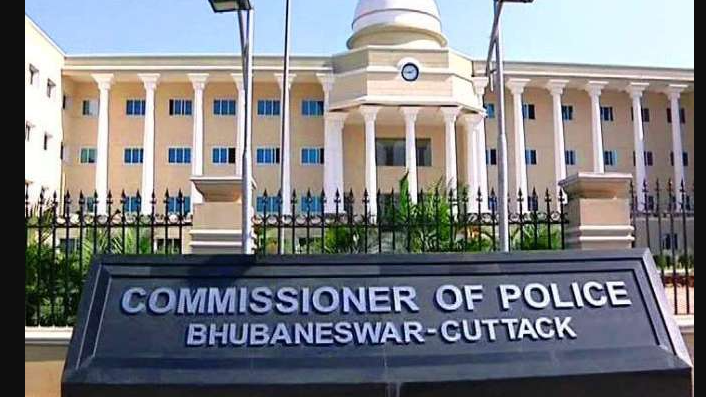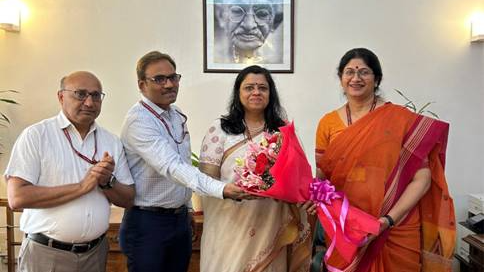Odisha: Gap between male and female bank employee population bridging fast
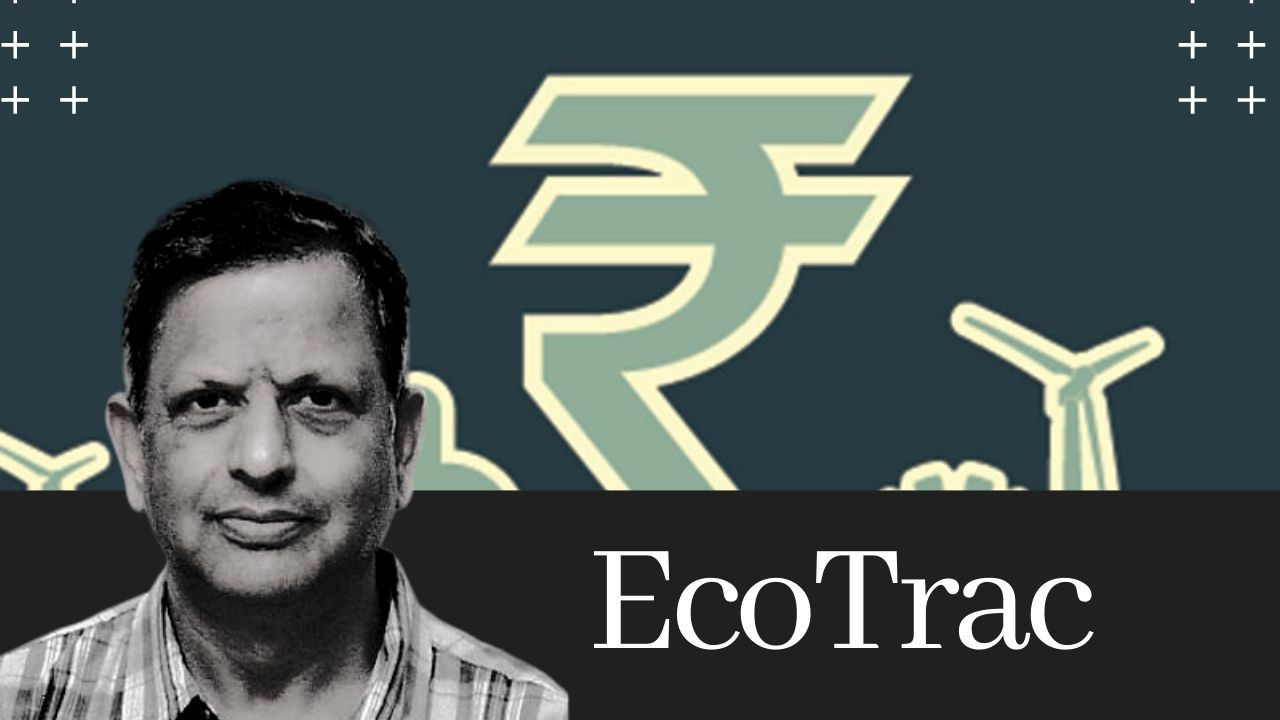
Emphasis on female education, coupled with improved education facilities, including management and computer studies, and skill development has contributed to the reduction in the gender gap in Odisha. However, the parity has to improve a lot further... Dr Manas R Das Gender disparity is a global phenomenon, observed even in the advanced economies. However, of late, the disparity is declining, slowly but steadily, across countries due mainly to regulatory changes and sensitisation efforts. In this regard, Odisha provides a good example of reduction in the disparity so far as employment in the banking sector is concerned – today’s topic of discussion. All data used here are sourced from the RBI database and relate to Mar-end of the years. Chart 1 presents the expansion of employees in the Scheduled Commercial Banks (SCBs) in Odisha for the five-year period 2015 to 2019. {"id":56388,"width":600,"height":399,"sizeSlug":"large"} In Odisha, although the number of female employees remained much below the number of male employees, over the five-year period, the former registered a much higher growth rate (CAGR=9.18%) than the latter (CAGR=0.61%) as well as the total employees (CAGR=2.06%). Further, the growth rate posted by female employees in Odisha crossed that on all-India basis (CAGR=5.57%). As a result, the share of female employees in Odisha in the total female employees in the country increased almost serially from 1.84% in2015 to 2.10% in 2019. Chart 2 presents the male-female composition of total employees in the SCBs in Odisha. {"id":56389,"width":730,"height":425,"sizeSlug":"large"} In Odisha, in 2019, female employees constituted almost a fifth of the total employees on a steadily increasing trend basis from a little over 15% in2015. Correspondingly, the share of male employees in the total declined. The trend observed in respect of Odisha female employees was in sync with that observed in respect of female employees on all-India basis. Country-wide, the share of females in the total employees rose almost steadily from 21.7% in 2015 to 23.9% in 2019. During the five-year period, in terms of share of females in total employees, Odisha trailed all-India; however, the gap between the two shrank faster from 649 bps in 2015 to 401 bps which was more owing to better performance of Odisha than all-India. During 2015-19, while Odisha’s share rose by 470 bps, that of all-India by 222 bps. Table 1 presents gender-wise composition of employees in the SCBs in Odisha as per three cadres, i.e., officers, clerks and subordinate staff. {"id":56390,"width":618,"height":260,"sizeSlug":"large"} By and large, the share of female employees in all the three cadres increased to the corresponding declines in male employees. The gap between Odisha and all-India shrank in officers and clerks cadres, but not in subordinates cadre. Emphasis on female education, coupled with improved education facilities, including management and computer studies, and skill development has contributed to the reduction in the gender gap in Odisha. However, the parity has to improve a lot further, as several studies demonstrate better outcome in many areas within organizations with increased women employment. For this purpose, the State government should aim to develop the State as a centre for banking business. During 2015-19, while Odisha witnessed addition of only 358 bank offices, over 91,000 offices were added to the rest of India. This reflects inequity. Therefore, new banks or the existing banks may be invited to Odisha to open or shift their head offices to the State. The State capital, which has emerged as an education centre, must continue its pre-eminent position. Girls’ education should continue to be accorded top priority irrespective of rural or urban area. About the Author:Dr. Manas R. Das is a former senior economist of State Bank of India. He has over 30 years of experience as an economist in two large commercial banks. Academically, he is a gold medallist in Bachelor of Arts with Economics Honours from Utkal University, followed by Master’s in Economics from Delhi School of Economics and Doctorate in Economics from Gokhale Institute of Politics and Economics. He is also a Certified Associate of Indian Institute of Bankers. He has won several awards, besides being a prolific writer.
Latest News
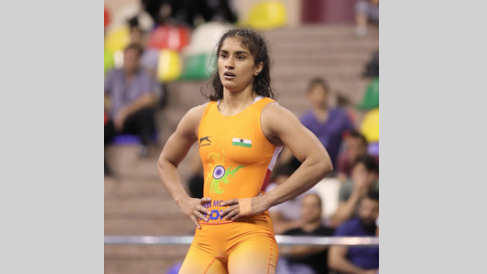
Vinesh Phogat secures Paris Olympics quota in...
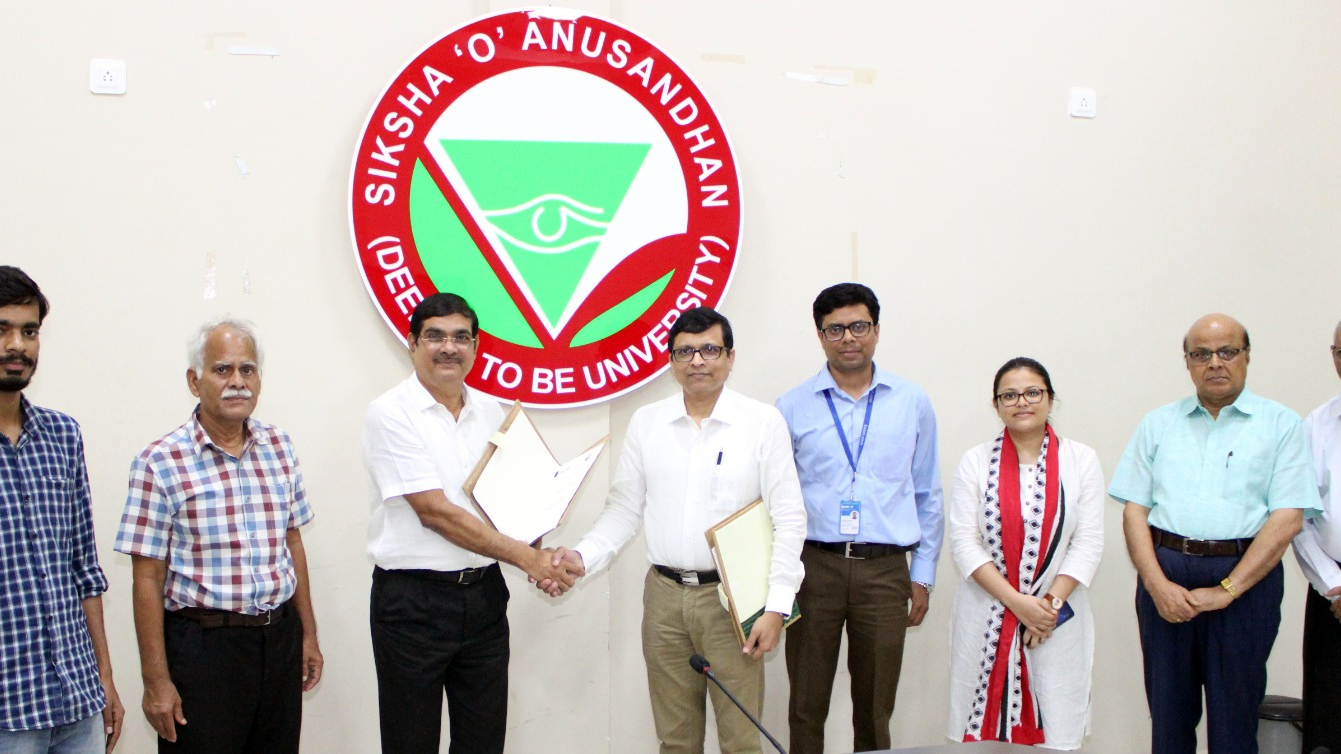
SOA signs MoU with Batoi Systems for collobora...
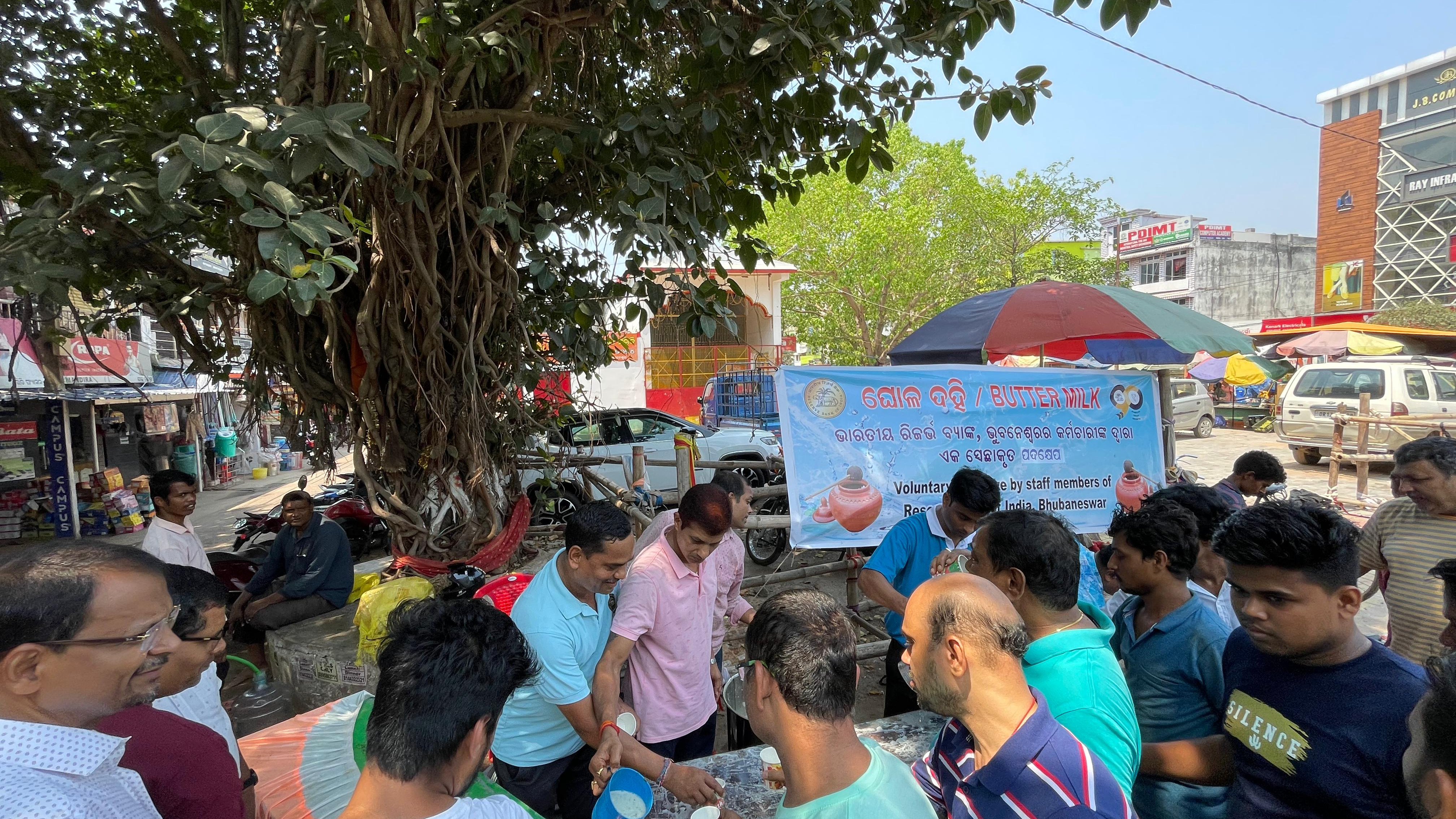
RBI Staff beat the Heat Wave, distributes butt...
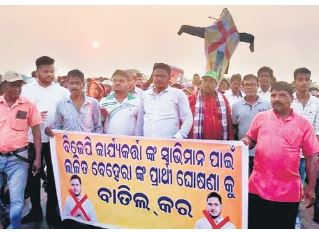
Revolt against BJP candidate in Rajanagar asse...

37 Indian startups secure $310 million in fund...

Odisha couple gets lifer for killing Divyang s...

Athletics: US men set distance medley relay wo...
Copyright © 2024 - Summa Real Media Private Limited. All Rights Reserved.









